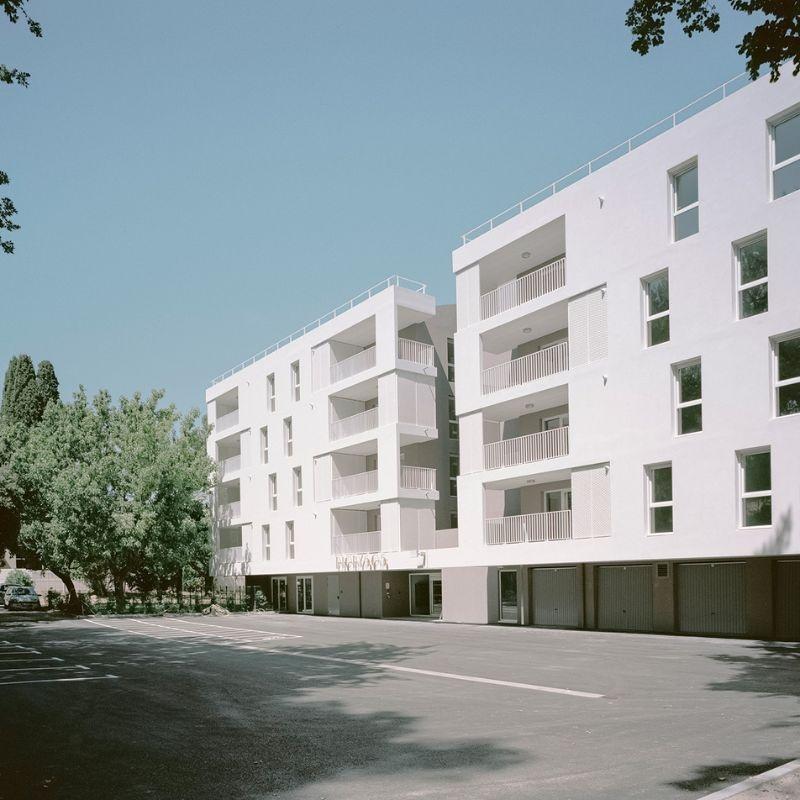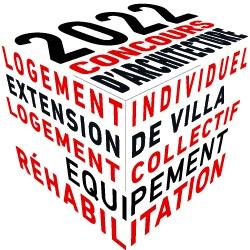With the deconfinement, a multitude of temporary cycle lanes has blossomed across France. Nice, for instance, is currently trialling a 60km addition to its existing 70km network.
Of course, the Côte d'Azur is a true paradise for both amateur and professional cyclists, able to pedal the length and breadth of the department's rich landscapes, from the Mediterranean coast to the Haut Pays. Aside from race cycling loops with friends and weekend rides with the family, people on the Côte d'Azur are increasingly turning to cycling as an alternative mode of transport. The main challenge for towns and cities on the Riviera is offering a sufficiently extensive network of cycle lanes, park and ride schemes and rental points so that the experience can form a habit. In this respect, the COVID-19 pandemic has helped boost development. French local authorities, including Paris, Lyon, Cannes and Nice, have set up temporary facilities, in an attempt to maintain good environmental quality and guarantee physical distancing measures. The Côte d'Azur capital has rolled out a brand new experimental network that is destined to evolve, extending existing cycle routes, adding new lanes and parking facilities.

BACKING SOFT MODES OF TRANSPORT
Since the beginning of May, cyclists in Nice have been able to explore new cycle lanes on Boulevard Gambetta (3,200m), Avenue Thiers (800m) and the Quai des Etats-Unis (2,500m). Further developments are scheduled up to the end of July, providing users with a city-centre network that joins up with existing cycle lanes along the Paillon and the Promenade des Anglais. Initial results are very encouraging, with the number of daily trips in Nice doubling from the previous period. The city has even launched a €100 ‘bike bonus’ scheme for adults resident in the metropolis buying mechanical bikes, a handout that cannot be combined with the pre-existing €200 bonus for purchasing an electric bike.
CAR-BIKE MODULARITY AND A FACILITATED TRAMWAY

"This large-scale experiment is part of the policy advocating soft and carbon-free mobility I have been pursuing since 2008. It also goes hand in hand with the overhaul of the transport network and the construction of new tramway lines," asserts Christian Estrosi. The Mayor of Nice has inaugurated the Ferber park-and-ride facility at the western entrance to the city, which can accommodate almost 150 cars and has a fleet of some 50 e-velobleus. Experimental parking that promotes car-bike inter-modularity and also allows users to take the Line 2 tramway. The Gare Thiers Parcazur, connected to the train station, has also been refurbished to accommodate around 200 bikes! Another highlight is the arrival of 85 new e-bikes, bringing the fleet to 285 free-floating electric bikes in service in Nice, Saint-Laurent and Cagnes-sur-Mer. Enough to brighten the days of many a Côte d'Azur and holiday cyclist this summer! But will motorists and pedestrians be happy to give up more road space to cyclists in the longer term? Keeping these temporary spaces going will certainly be a challenge over the coming months.
Par Eve Chatelet



























 Côteweb 2021, création de site Internet sur Nice
Côteweb 2021, création de site Internet sur Nice